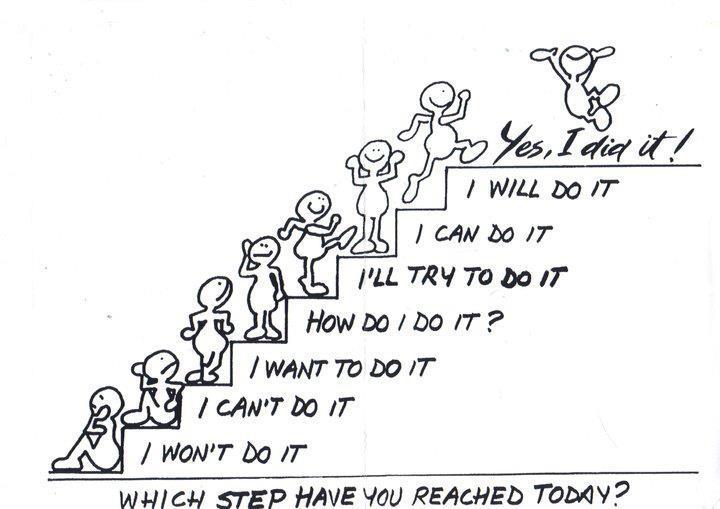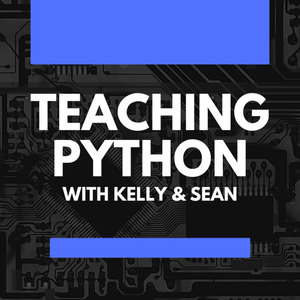What constitutes quality, authentic assessments, and how do we identify meaningful conditions for students? A promising direction is to start developing exercises that demonstrate a specific level of expectations set throughout a course. Therefore, this post will focus solely on one component of authentic assessments: high expectations for students.
In the Computer Science class, designing quality learning experiences meaningful to our students is an ultimate goal. Developing ways to accurately evaluate students' learning using real-world situations that are applicable yet challenging is the underlying focus.
This blog series will take a deep dive into authentic assessment components and what entails quality assessments. Authentic Assessments in education is a complex topic full of multifaceted features.
Most research shows that development and assessment that is authentic can raise learning outcomes in students. Therefore there are many aspects for teachers to consider when developing these types of assessments.
For this blog series, I will use the Meriam dictionary's short version defining authentic assessment and Grant Wiggins's conceptual explanation for clarification on the topic.
According to Meriam dictionary, authentic assessments are _"a set of methods or techniques for assessing the academic achievement of a student that includes activities requiring the application of acquired knowledge and skills to real-world situations and that is often seen as an alternative to standardized testing." _
Additionally, _"Wiggins (1990, 1992, 1993) emphasized that tasks should mirror real-world activities and assess students' "habits of mind" (1993)." Tasks are not authentic, necessarily, just because they are similar to real-world tasks, but they must mirror the complexity, collaboration, and high-level thinking necessary for the most intellectual of professional problem-solving and decision-making. The assessments act as instruction and skill-building opportunities, not merely as tools of evaluation." _ (Defining Authentic Assessments, 2012)
To read more on Grant Wiggins's clarification of the topic of Authentic Assessments.
Every student progresses at their own pace. When setting expectations for students, you must develop adaptable, challenging situations and, most importantly, show compassion for their individualized learning paths.
The best place to start demonstrating high expectations in the classroom is to be the teacher who believes that all students can achieve. This should be a primary goal.
Send a Clear Message
A confident and passionate teacher trusts the process and attempts to instill this passion in students. The message is clear and consistent. Students know the teacher's intentions and that learning, not the grade, is the focus. Students understand that the teacher's role is that of a facilitator of their knowledge and not a giver of information. The expectation is that it is the student's job to learn. The ownership of learning is on the student, and this message is clear and consistent throughout the course..
Read more on How to Develop High Expectations in Teaching.
Establish the Mindset
Another quality is to set a growth mindset in the classroom.

In our classroom, we have this sticker. The progression from "I won't to I will" is an excellent reminder that a growth mindset is necessary to learn. It is one of the most critical foundations in developing expectations of growth in the classroom. Getting students to believe that their abilities are not static and that learning requires hard work and commitment is vital to developing their growth mindset. All students can learn, and students need to hear this and believe in the words that we choose to use in class.
Read more about Mindset
Empower Students
Teachers must also instill self-empowerment in their learners. Every child is equally capable of being successful. Practicing heutagogy and learning ways to build agency and choice into the classroom provides a concrete path for high expectations. The self-determined learner understands that there is a path for developing competencies and capabilities. Learning to code is not something that originates from cramming or memorization of vocabulary concepts.
Read more about What is Heutagogy
Give accurate and consistent feedback
Use "wise feedback" to promote growth and improvement, making sure to state your expectations explicitly. The phrase, "I am giving you this feedback because I have high expectations, and I know you can reach them." This statement is used when completing code reviews or "assessment reviews. Then direct feedback is given versus the immediate answer. How can the code be improved and what resources can the student use to improve upon the assessment. (Breaking the Cycle of Mistrust, 2014)
Hard Work pays off
The ability to learn is not linked to an innate ability. Learning is challenging, and learning that comes easy is NOT always real learning. Avoid praising only high academic achievements; switch the praise to individualized achievement. Stress proficiency in the learning process, not just completing the tasks. Teach strategies on "how to work hard in learning," not just working a lot. Provide students with the skills needed to solve coding problems and devise opportunities for students to "work hard" on challenging tasks.
"Nothing in the world is worth having or worth doing unless it means effort, pain, difficulty… I have never in my life envied a human being who led an easy life. I have envied a great many people who led difficult lives and led them well."― Theodore Roosevelt
Real-world coding tasks require a specific technique for completion. When solving coding challenges, a high level of coding knowledge and syntax is used. Programming takes commitment to improvement and time spent on iteration. When designing Authentic assessments in Computer Science, try to replicate the patterns in the real world. Setting high expectations for students is a great way to prepare them for authentic assessments. There is a difference in the quality of work when the expectations are NOT to "just get it done" versus doing what you can to learn and understand. Developing a growth mindset early on can help. Empower students and be prepared to provide them with the skills and critical feedback they need to succeed.
“Authentic Assessment.” Merriam-Webster, Merriam-Webster, www.merriam-webster.com/dictionary/authentic assessment.
Grantwiggins, and Grantwiggins. “Authenticity in Assessment, (Re-)Defined and Explained.” Granted, and..., 26 Jan. 2014, grantwiggins.wordpress.com/2014/01/26/authenticity-in-assessment-re-defined-and-explained/.
“Hard Work and High Expectations: Motivating Students to Learn: KidSource Online, Inc.” Hard Work and High Expectations: Motivating Students to Learn | KidSource Online, Inc., kidsource.com/education/hard-work-and-high-expectations-motivating-students-learn#sthash.a5dkz8BG.dpbs.
Napper, Kristine. “The Necessity of Having High Expectations.” Edutopia, George Lucas Educational Foundation, 26 June 2019, www.edutopia.org/article/necessity-having-high-expectations.
“Practical Assesssment, Research, and Evaluation: Vol 17: Iss 1.” Practical Assesssment, Research, and Evaluation | Vol 17 | Iss 1, scholarworks.umass.edu/pare/vol17/iss1/.
Saphier, Jon. High Expectations Teaching: How We Persuade Students to Believe and Act on Smart Is Something You Can Get. Corwin, a SAGE Publishing Company, Learningforward, RBT, PDK Phi Delta Kappa International, 2017.
“What Is Heutagogy?” Heutagogy Community of Practice, 5 Mar. 2013, heutagogycop.wordpress.com/history-of-heutagogy/.
